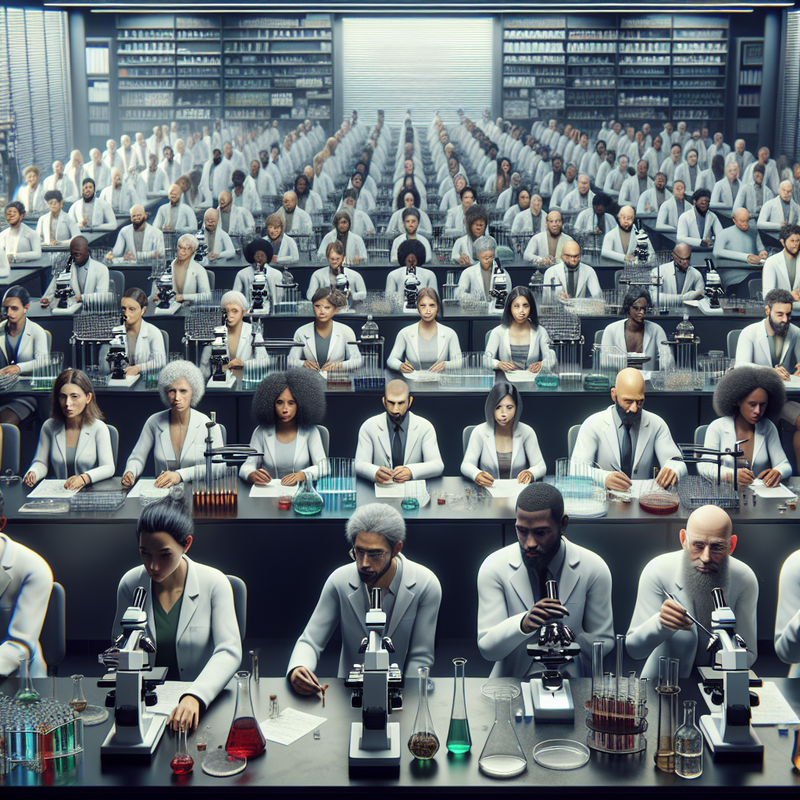A significant advancement in chemical research
A significant advancement in chemical research has been achieved by a group of researchers at the University of California – Riverside, who have successfully confirmed a long-standing assumption about vitamin B1 that dates back to 1958. Published in the journal Science Advances, their research illustrates the successful stabilization of a highly reactive carbene molecule in an aqueous environment, a development with the potential to transform the principles of green chemistry and pharmaceutical production.
Back in the late 1950s, Ronald Breslow, a chemist from Columbia University, put forth the hypothesis that vitamin B1, or thiamine, could produce a transient carbene-like entity during essential metabolic processes. The challenge in verifying Breslow’s theory lay in the inherent instability of carbenes in water. Yet, the persistence and innovation of the UC Riverside chemists have now made it possible to observe such a stable entity.
A Groundbreaking Discovery
“We have succeeded in observing a carbene that remains stable in an aqueous solution for the first time,” announced Vincent Lavallo, principal investigator of the study at UC Riverside. Many in the scientific community regarded the idea with skepticism. Nonetheless, Breslow’s speculation has been proven accurate. The group ingeniously incorporated a “protective suit of armor” around the carbene, enabling its preservation for an extended period.
The implications of this discovery extend far beyond the academic sphere. “By achieving the functionality of these powerful catalytic agents in water, we take a significant stride toward more environmentally responsible chemical practices,” mentions Varun Raviprolu, who contributed to the study. Carbenes are often employed in conjunction with metals in catalysts that are crucial for synthesizing substances like pharmaceuticals and fuels. Despite typically requiring harmful solvents, the newfound ability to stabilize carbenes in water could pave the way for more sustainable, economical production techniques.
Reflecting nearly twenty years of dedicated carbene research, Lavallo finds deep satisfaction in bringing Breslow’s theory to life. Raviprolu, considering the wider implications, remarks, “Today’s scientific impossibilities may become tomorrow’s breakthroughs with sustained investment in research.”
Beyond confirming Breslow’s original postulate, this study opens the door to potentially identifying other elusive reactive intermediates, signaling a transformative phase in sustainable chemical manufacturing and enhancing our understanding of biological chemistry.




